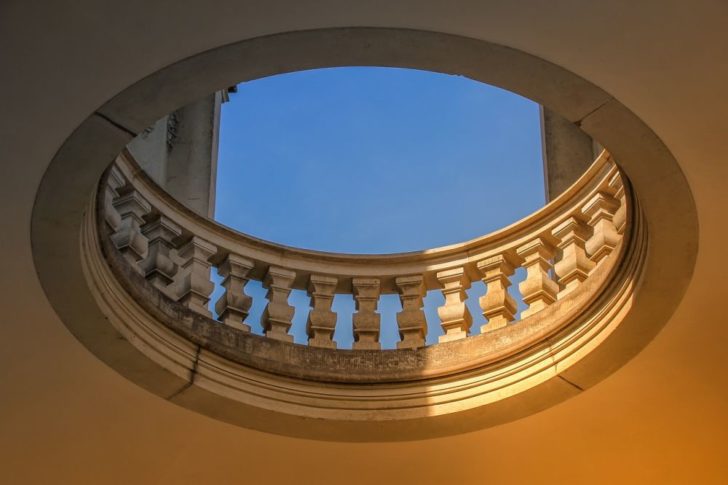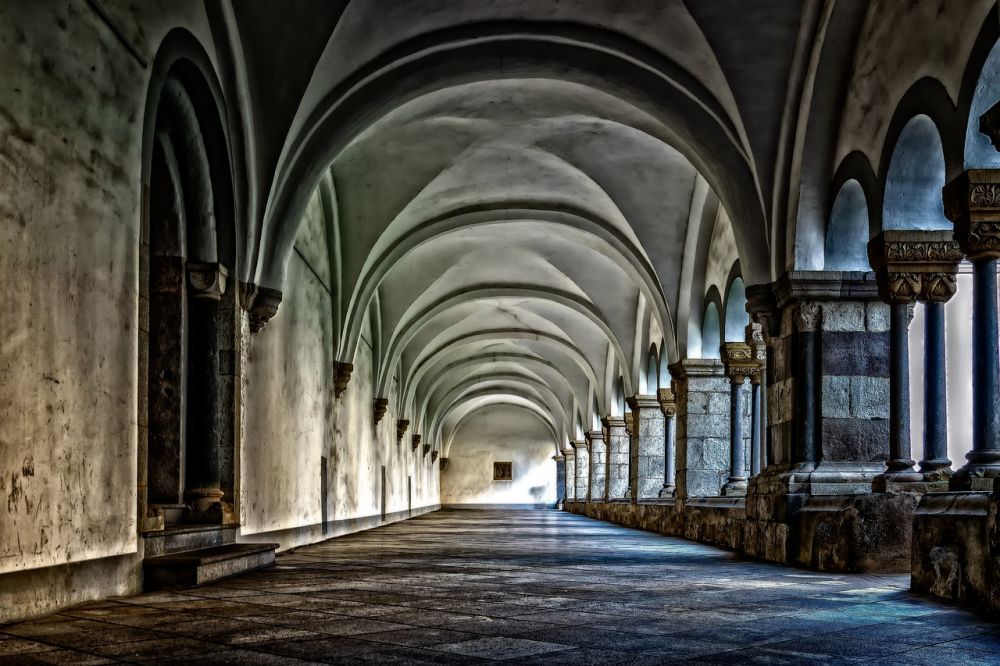Alvar Aalto Buildings: An In-Depth Exploration

Introduction:
Alvar Aalto, a renowned Finnish architect, has left an indelible mark on the world of architecture with his innovative designs and his unique take on modernism. In this article, we will delve into the world of Alvar Aalto buildings, exploring their distinct characteristics, popular examples, and historical significance. We will also provide quantitative measurements to offer a comprehensive insight into the dimensions and scale of Aalto’s creations. So, join us on this architectural journey as we unravel the allure of Alvar Aalto’s buildings.
I. Alvar Aalto Buildings: A Comprehensive Overview

A. Early Life and Influences
1. Aalto’s educational background and architectural influences.
2. How his upbringing in Finland shaped his design ethos.
B. Aalto’s Architectural Philosophy
1. The humanistic approach to architecture.
2. Aalto’s emphasis on blending beauty and functionality.
3. The importance of natural elements in his designs.
II. Exploring Alvar Aalto Buildings
A. Residential Structures
1. Analysis of Aalto’s residential projects.
2. Prominent examples and their distinct features.
3. Influences on modern housing design.
B. Public Buildings
1. A look at Aalto’s contribution to public architecture.
2. Iconic structures and their impact on the urban landscape.
3. A discussion on the integration of nature in public spaces.
C. Cultural and Educational Buildings
1. Aalto’s vision for cultural and educational institutions.
2. Qualities that set his designs apart.
3. Case studies of notable projects.
D. Commercial Structures
1. Aalto’s approach to commercial architecture.
2. Noteworthy commercial buildings and their impact on businesses.
3. Incorporation of natural light and functionality in commercial spaces.
III. Quantitative Measurements of Alvar Aalto Buildings
A. Height and Scale
1. Comparison of the tallest Aalto buildings.
2. Detailed measurements of notable structures.
B. Interior Space
1. Evaluation of interior dimensions and layout.
2. Analyzing the use of space in Aalto’s designs.
3. Influence on human movement and experience.
C. Sustainable Features
1. Incorporation of sustainable elements in Aalto’s buildings.
2. Quantitative analysis of energy-efficient practices.
3. Environmental impact and long-term sustainability.
IV. Examining the Differences Among Alvar Aalto Buildings
A. Materials and Construction Techniques
1. Variation in material choices across different buildings.
2. The impact of construction techniques on the overall aesthetic.
B. Geographical Location
1. Aalto’s projects in different parts of the world.
2. Regional influences and adaptations in design.
C. Functionality and Purpose
1. Diverse functions served by Aalto’s buildings.
2. How functionality influenced architectural decisions.
V. Historical Overview: The Pros and Cons of Alvar Aalto Buildings
A. Design Legacy and Adaptability
1. Continued relevance and adaptability of Aalto’s designs.
2. Influence on contemporary architects and architectural movements.
B. Criticisms and Challenges
1. Analysis of criticisms faced by Aalto’s buildings.
2. Overcoming challenges and evolving architectural trends.
Conclusion:
From his humanistic approach to his fondness for natural elements, Alvar Aalto’s buildings have captivated the world. Their blend of functionality, aesthetics, and sustainability sets them apart. This comprehensive exploration of Alvar Aalto buildings has shed light on their distinct characteristics, widespread popularity, and historical significance. As we conclude this article, we appreciate the lasting impact and sheer brilliance of Aalto’s architectural legacy.
FAQ
What are the sustainable features in Alvar Aalto buildings?
What is the architectural philosophy of Alvar Aalto?
Which are some notable examples of Alvar Aalto buildings?
Fler nyheter
Passfoto i Vällingby: Så fixar du det snabbt och enkelt
Introduction: Alvar Aalto, a renowned Finnish architect, has left an indelible mark on the world of architecture with his innovative designs and his unique take on modernism. In this article, we will delve into the world of Alvar Aalto buildings, exp...
04 maj 2025
Passfoto i Östermalm: En Komplett Guide till Perfekta ID-bilder
Introduction: Alvar Aalto, a renowned Finnish architect, has left an indelible mark on the world of architecture with his innovative designs and his unique take on modernism. In this article, we will delve into the world of Alvar Aalto buildings, exp...
12 september 2024
Gravidfotografering Stockholm Förvandla din graviditet till tidlös konst
Introduction: Alvar Aalto, a renowned Finnish architect, has left an indelible mark on the world of architecture with his innovative designs and his unique take on modernism. In this article, we will delve into the world of Alvar Aalto buildings, exp...
31 juli 2024
Modern konst tavlor: Ett djupgående porträtt
Introduction: Alvar Aalto, a renowned Finnish architect, has left an indelible mark on the world of architecture with his innovative designs and his unique take on modernism. In this article, we will delve into the world of Alvar Aalto buildings, exp...
18 januari 2024











